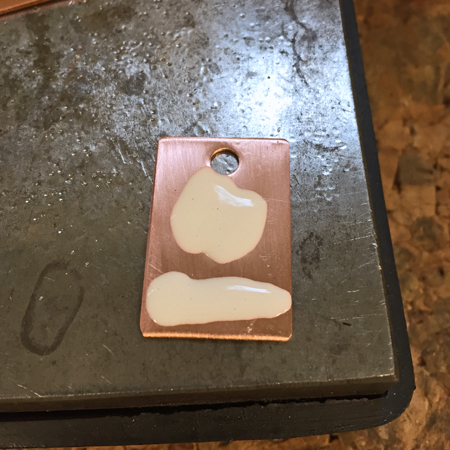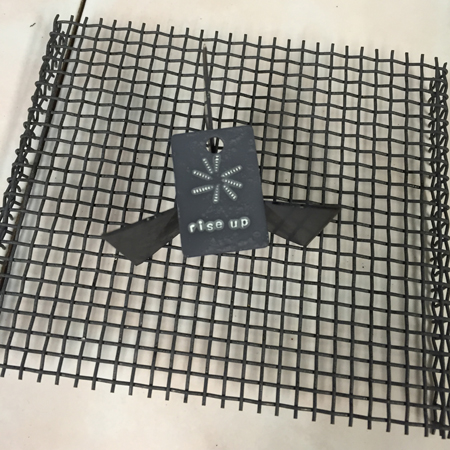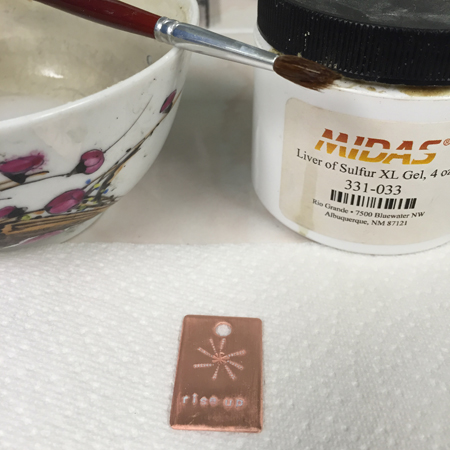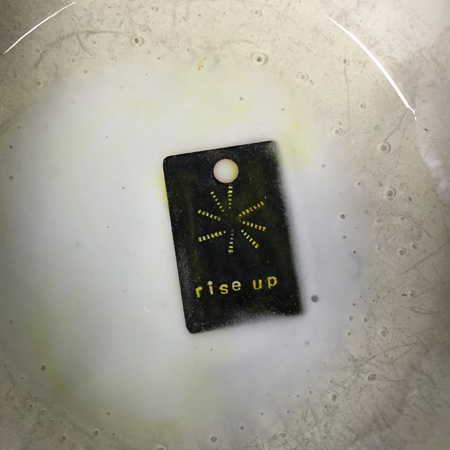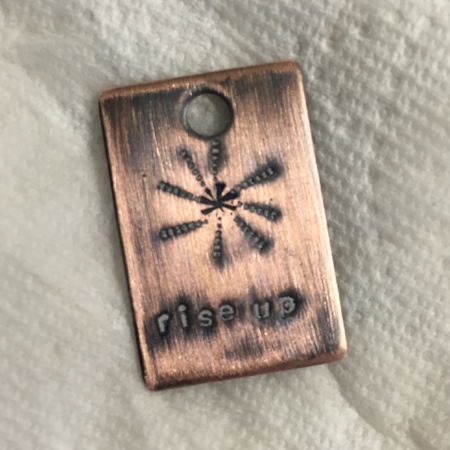It’s often difficult to picture just how long an 18” chain is when you are reading a necklace description. So, here’s a handy Necklace Length Guide from Cooksongold.
I also find it handy to take a piece of string that is the described length and wrap it around my neck. The above image is great, but we all have different size necks. That’s why there is an inch or two range in the lengths below. The string is a foolproof way to really see where the chain you are buying will land on your neck/chest. You can tape the ends together when the two ends are in front of you if you don’t want to hold onto the ends.
Choker Length: 13 – 15 inches
Collar Length: 16 – 17 inches
Princess Length: 17 – 19 inches
Matinee Length: 20 – 24 inches
Opera Length: 28 – 37 inches
Rope Length: 37+ inches
If you have any questions, please don’t hesitate to comment below or drop me an email at mybrownwren @ gmail.com (please remove the spaces before sending).




